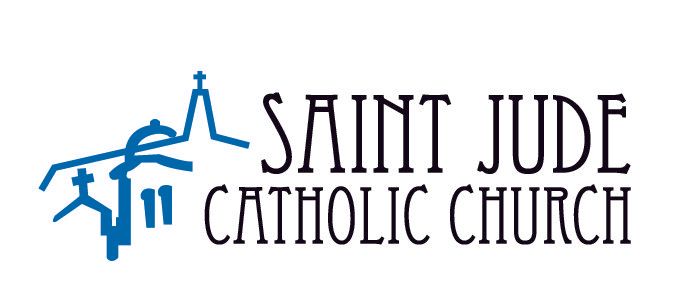Pictorial History

Aerial View of First Chapel and School
On May 7, 1926, the Diocese purchased five acres of land for the site of the church and the other parish buildings. This acreage constitutes the present Saint Jude Parish Square, bounded by State Boulevard, Randallia Drive, Forest Avenue, and Pemberton Drive. A short time later, the Diocese purchased an additional five acres to the west and south, hoping that the resale of these lots would pay the cost of construction for a new church. Because of the Great Depression, these lots were not sold until much later.

First Chapel and School – Sharon Terrace – 1929
The committee which purchased the property invited the people to suggest a name. "Sharon Terrace" was among the names proposed and eventually selected as the name of the new addition. Situated in the Holy Land along the Mediterranean Sea, Sharon is a beautiful and fertile section where the 'Rose of Sharon' flower grows. This flower is mention in the Canticle of Canticles: 'I am the flower of the field,' which Christians later applied to Christ as the flower of humanity, the Lord of all creatures.

First Chapel – Inside View
On April 12, 1929, Bishop Noll formally established the parish as Saint Jude Church and appointed the Reverend John A. Dapp as its first pastor. The southwest lower wing of the school was planned as a chapel. On Sunday, April 21, 1929, Mass was celebrated for the first time in the Chapel. By that evening all the furnishings for the chapel, except the pews and collection baskets had been donated by members of the parish, the Cathedral and other friends.

First Rectory – 1929
On August 12, 1929, ground was broken for a 'temporary" Rectory, at a cost of $13,500, on the northwest comer of Pemberton and Forest Avenue. It was "temporary,' because a more permanent Rectory was to have been built on the Parish Square. School opened in September with eight grades and 293 pupils.

Second Church, Randalia – 1935
By 1935 the parish had grown rapidly. The school had reached 345 children and it quickly became obvious that the chapel which seated only 260 people was inadequate for the size of the parish. Because of the large parish debt and depressed economic plans to build a separate church unit had to be dropped. Instead, the decision was made to build a church adjoining the east side of the school, with entrances on Randallia Drive. On July 1, 1935, ground was broken for the new church. A Spanish architectural style conforming with the school building was chosen, and it was built to handle a seating capacity of 750.

Second Church
On Thanksgiving Day, November 28, 1935, Bishop Noll dedicated the new church. In the fall of 1937, John Dehner donated the addition of a second public office room to the rectory.
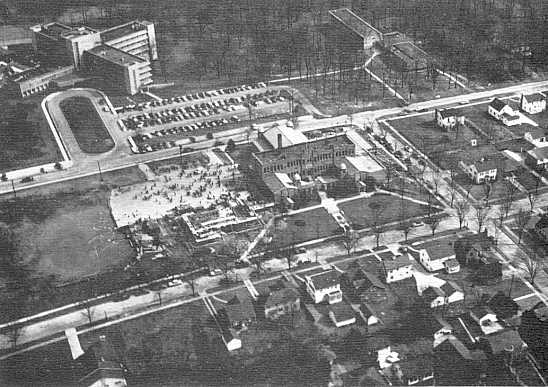
Saint Jude Complex – 1954
In October 1953, Bishop Noll approved of a plan to build a new convent north of the school, a four room addition to the south end of the school, and a new gymnasium. With school opening that fall, the enrollment had reached 616 pupils. By this time, the Green Room (the former chapel) had been converted to class use. The staff now numbered 12 teachers.
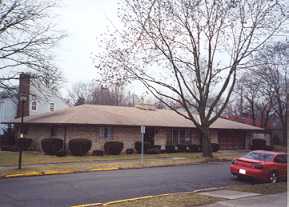
Parish Rectory – 1998
In July 1998, the parish purchased the house at 2020 Forest Avenue for $105,000 to be used as a rectory. The purchase of this home opened the way to convert the old convent into more efficient parish and school use. The old Rectory at 2101 Pemberton was now a convent being used by the Sister's of Notre Dame.
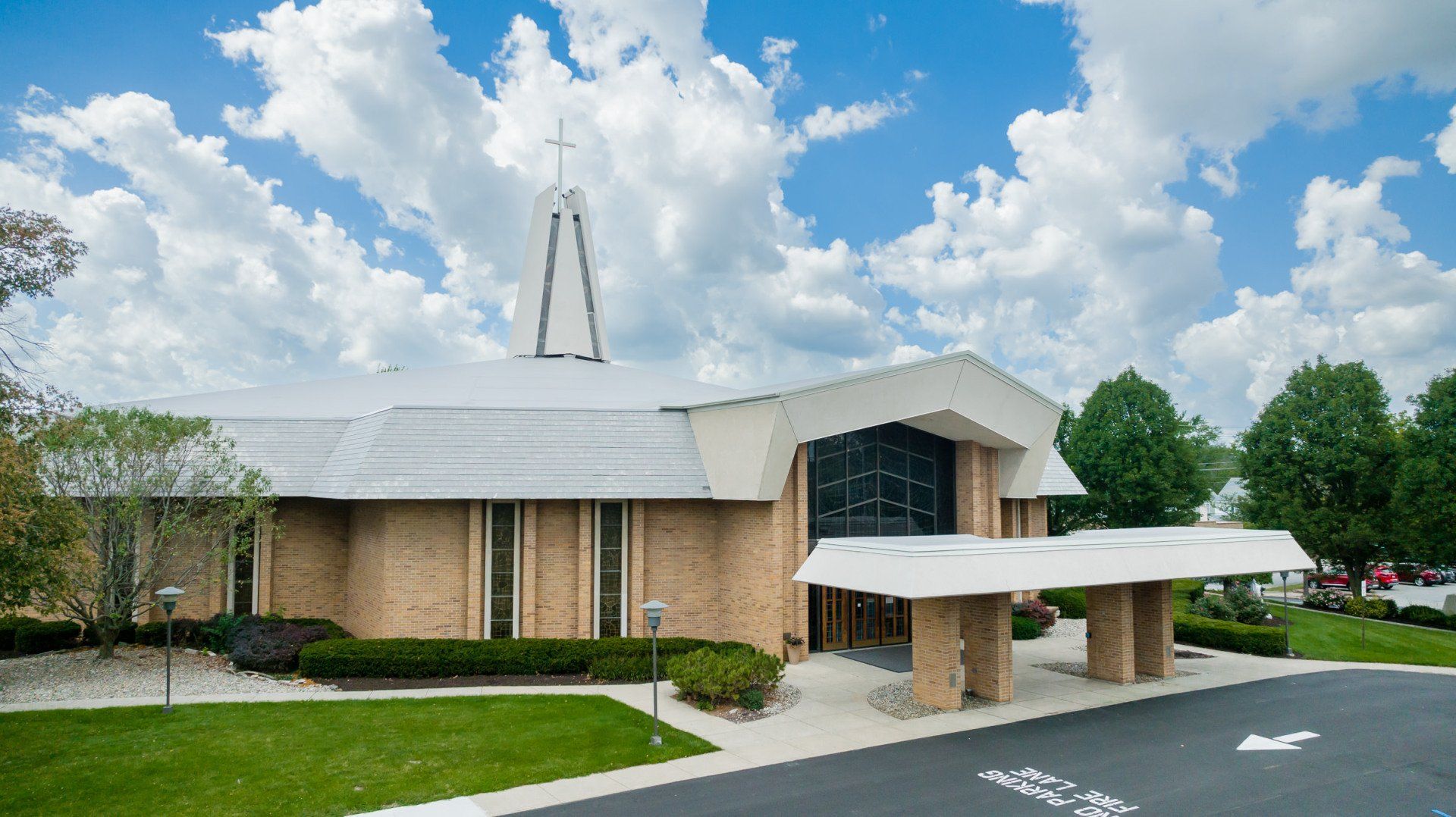
Current Church - 1966-present
School Administrative Wing - 2009
In the fall of 2008, we began construction of a new administration wing for our school, overlooking the parking lot door. Construction was completed in the spring of 2009, and the new wing was dedicated on April 25, 2009 by Bishop John M D’Arcy.
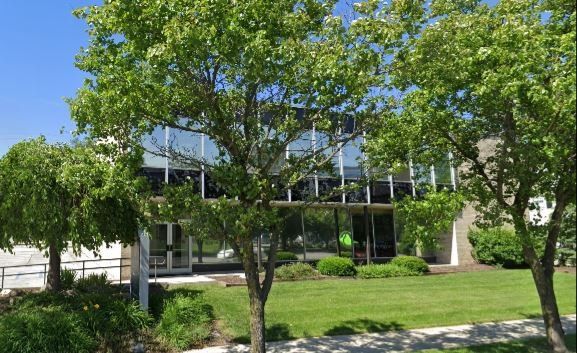
Thaddeus Hall
In 2020, The Mary Cross Tippmann Foundation purchased an office building across East State from St. Jude. The building was owned by Parkview, but in use by St. Anne's. The foundation purchased the building for the use of St. Jude. St. Jude named the building "Thaddeus Hall".

